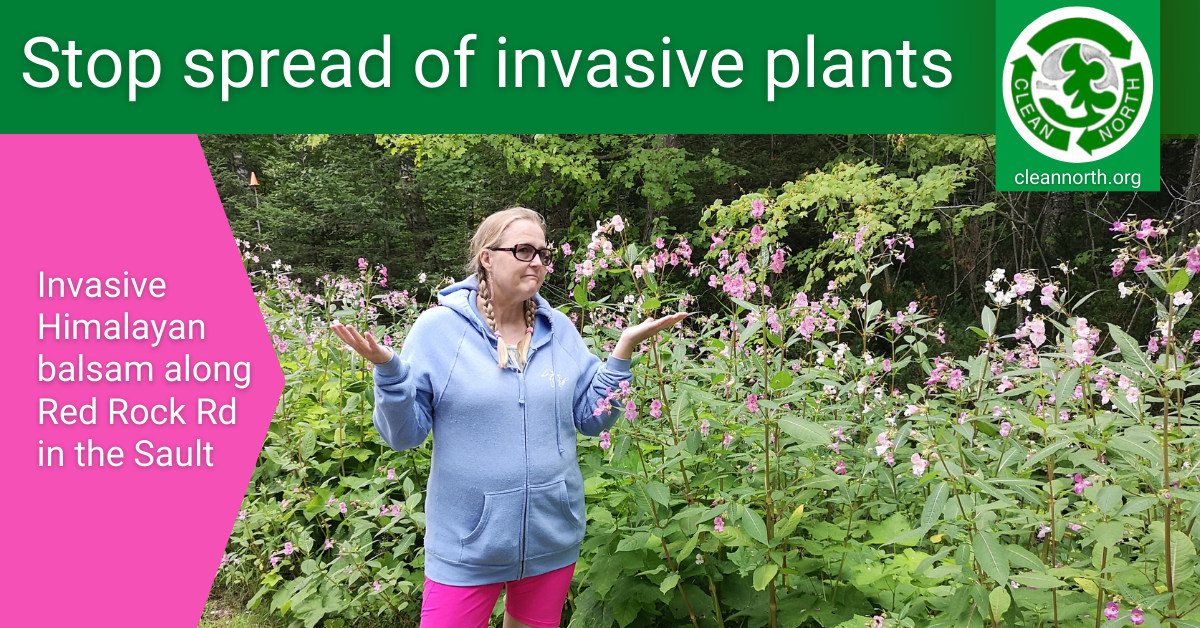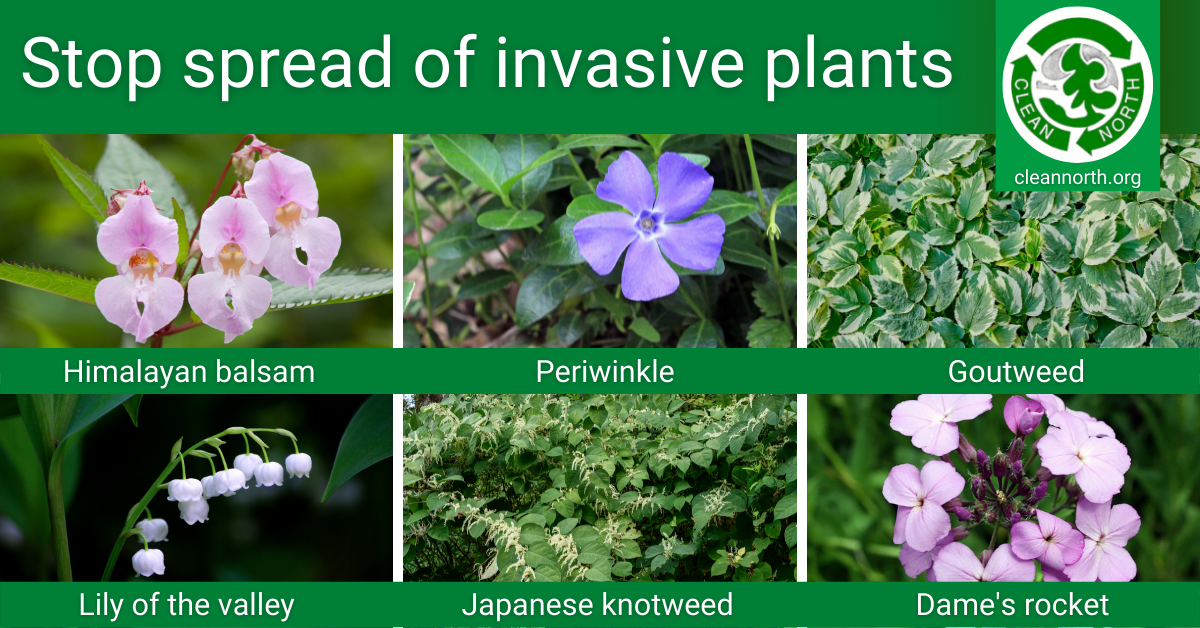
Canada urgently needs a nationally coordinated plan to help stop invasive plant
species from spreading, according to the Canadian Coalition for Invasive Plant Regulation (CCIPR).
This group notes that Canada’s legislative framework is out of date and fragmented and responsibility for who controls invasive plants is unclear.
To limit spread of both terrestrial and aquatic invasive plants and reduce costly harm to people, ecosystems, and the economy, we need improved federal, provincial, and territorial legislation and regulations.
“How can I help?”
- Learn about and identify invasive garden plants in your yard and remove them (see list here)
- Call out stores that sell invasive species
- Send this post to your minister of parliament and minister of provincial parliament and ask them to work to fix the legislation problem.
What is CCIPR is calling for?
• Effective pre- and post-border invasive species risk assessments
• Bans on the sale and movement of high-risk invasive plant species
• Labelling to identify and educate the public about lower-risk invasive plants
• A verifiable industry-wide code of conduct
• Public education including information on alternatives to invasives
FYI, Clean North recently received an Invasive Species Centre microgrant to develop an education program on invasive garden plants. Stay tuned for more info on that!
Why is stopping invasive plants so important?
Each year in Canada, hundreds of millions of dollars are spent to control plant species
that came from outside of North America. Many are sold to the public by the horticultural industry and the pet/aquarium trades.
Examples include periwinkle (Vinca spp.), goutweed (Aegopodium podagraria), tamarisk (Tamarix ramosissima), yellow flag iris (Iris pseudacorus), parrot’s feather (Myriophyllum aquaticum) and Japanese barberry (Berberis thunbergii). All are considered invasive in at least some parts of Canada, and once they escape into natural areas, parks and forests, they cause ecological, social,
and or economic damage.
“Gardeners are often shocked when they discover that plants they bought at a nursery are
invasive,” says Master Gardener Catherine Kavassalis, a respected environmentalist and
plant expert who helped to launch CCIPR. “Invasive plants represent a small percentage of all
plants sold but do enormous ecological damage. They need to be regulated or
restricted to limit their spread and impact.”
Who is CCIPR?
A grassroots coalition of conservationists, ecologists, invasive plant experts and motivated
home gardeners from across Canada, CCIPR is working to reduce spread and impacts of invasive plant
species. They seek the public’s support and help in effecting change.

Clean North supports their work as Sault Ste. Marie and Algoma are not immune to harm from invasive garden plants. Walk into any natural area in the Sault and you will be greeted by a host of invasive plants such as periwinkle, Himalayan balsam, yellow archangel, goutweed, and Japanese knotweed.
These invasives are crowding out native plants and knocking ecosystems out of balance. Once native plants are lost, native insect populations can drop, and the ripple effects extend throughout the food chain. For example, populations of insect-eating birds have dropped sharply in Canada, with loss of native insects being one of the drivers.
Want to help or to learn more?
Visit the CCIPR website to learn how you can get involved. Have a question about invasive garden plants? Email us and our invasive plant expert will get back to you.




